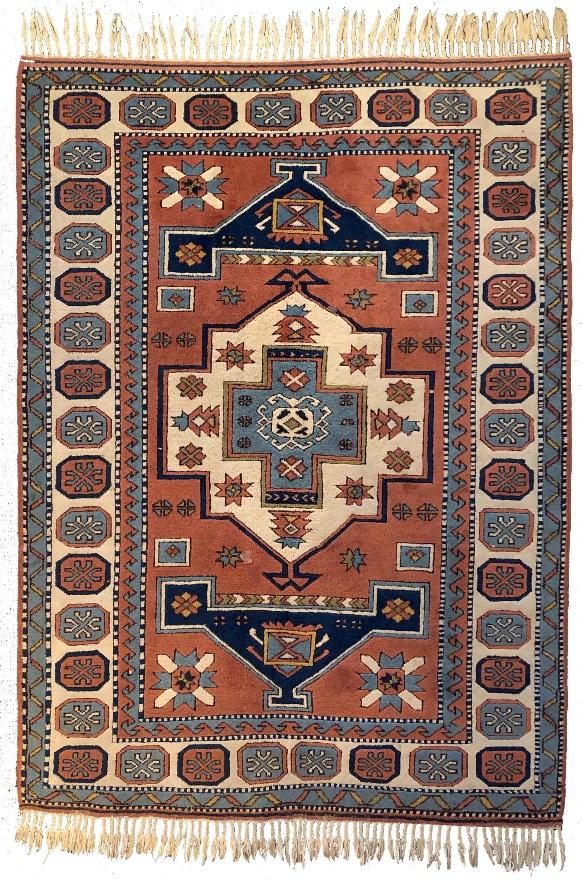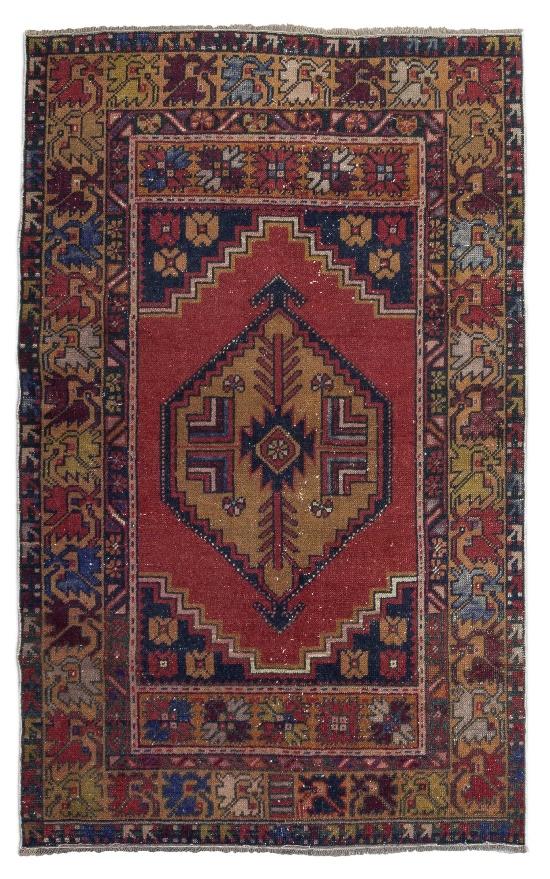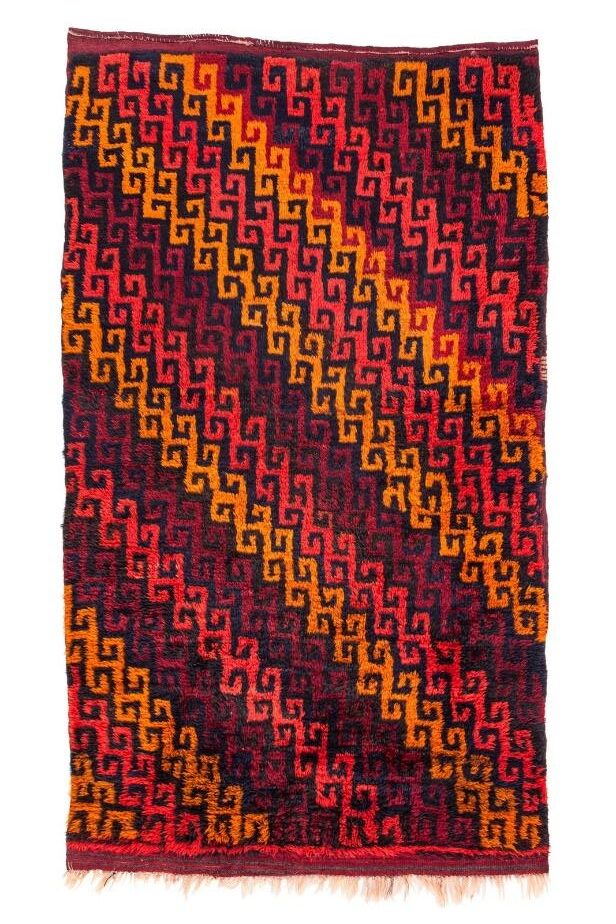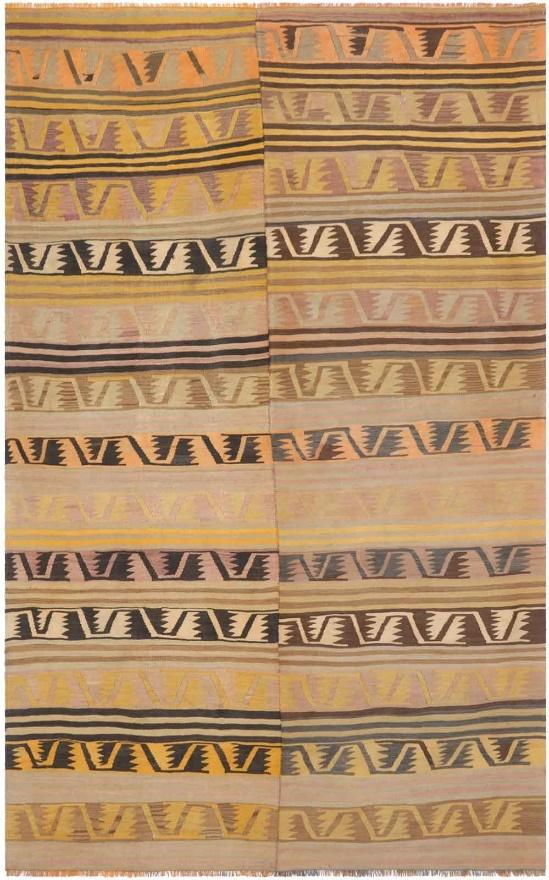Nigde rugs and Kilims

Nigde (Niğde) is a city and the capital of Niğde Province in the Central Anatolia, Turkey. It lies at an elevation of 1,250 metres below a hill crowned by a ruined 11th-century Seljuq fortress on the road between Kayseri and the Cilician Gates, north-northwest of Adana.
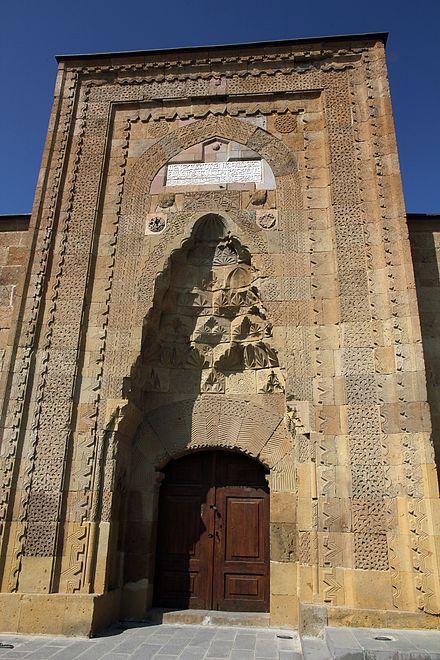
The surrounding region is semiarid steppe country bounded on the south by the high ranges of the Taurus Mountains and on the northwest by the massive volcanic Melendiz Mountain. The city has many medieval (Seljuq as well as Ottoman) buildings, including the Aladdin Mosque (13th century) in which a magnificent Safavid carpet has been found.
Being kept in the Metropolitan Museum, the “Nigde Carpet,” was probably produced in northwest Iran or Transcaucasia. It has an astonishing royal Persian design. Such royal pieces possibly were gifted by a Persian Shah to an Ottoman Sultan or directly to the mosque.
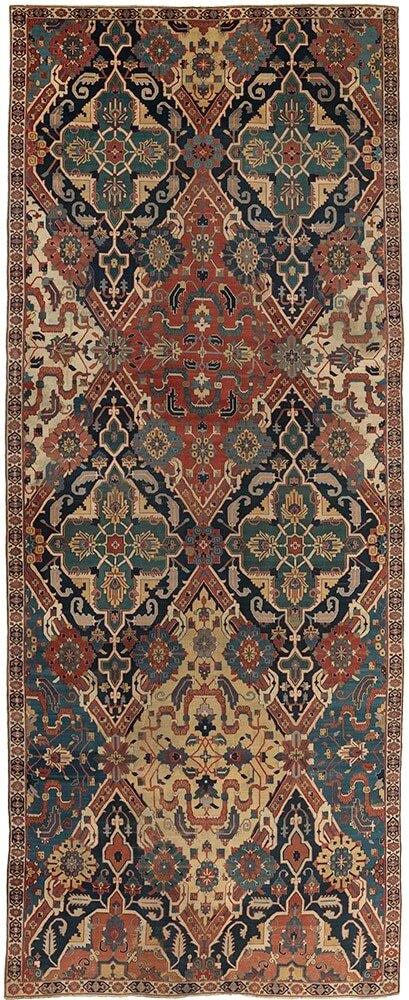
Nigde is today a big collecting center for rugs and kilims woven in the Province and other neighboring towns. Pieces woven in neighboring Yahyali and Taspinar, for example, are gathered here and may branded as a Nigde. The city itself, too, is considered a weaving center.
Technical aspects and the structure of Nigde rugs and Kilims

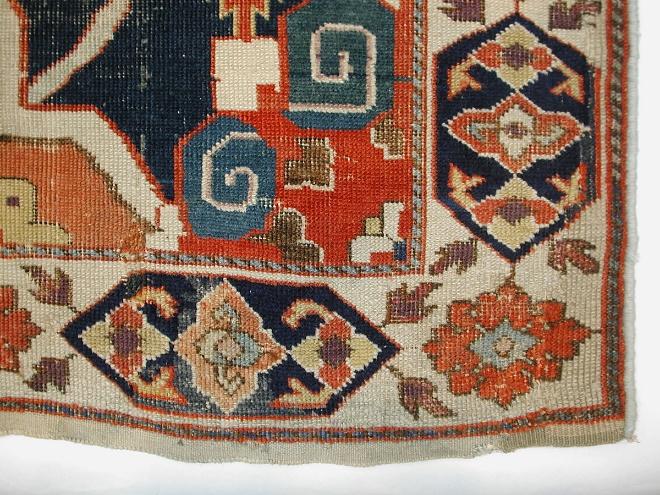
Nigde rugs are woven with symmetrical (Turkish or Gördes) knots. The Knot density differs in pieces branded as Nigde because they are gathered in Nigde bazar from various weaving centers.
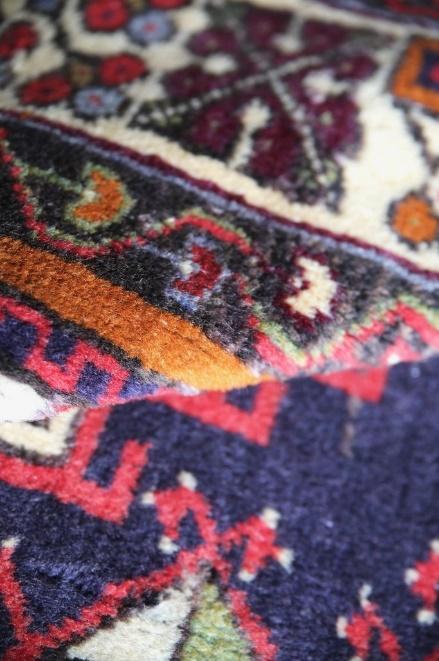
Prayer rug sizes are very common in Nigde. Yastiks are woven here too. Kilims share the common Anatolian flat-weave structures.
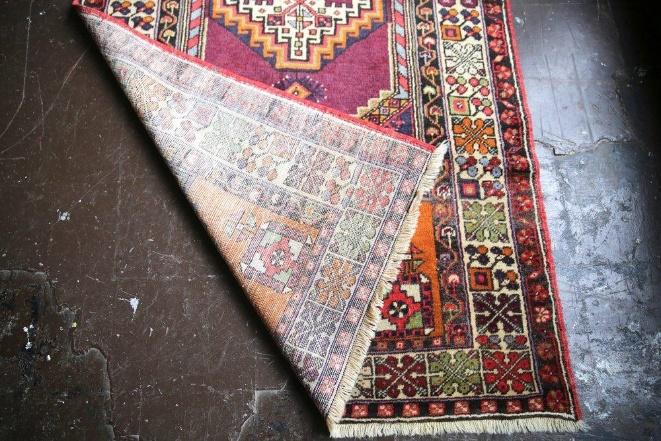
Dyeing and painting of Nigde rugs and Kilims
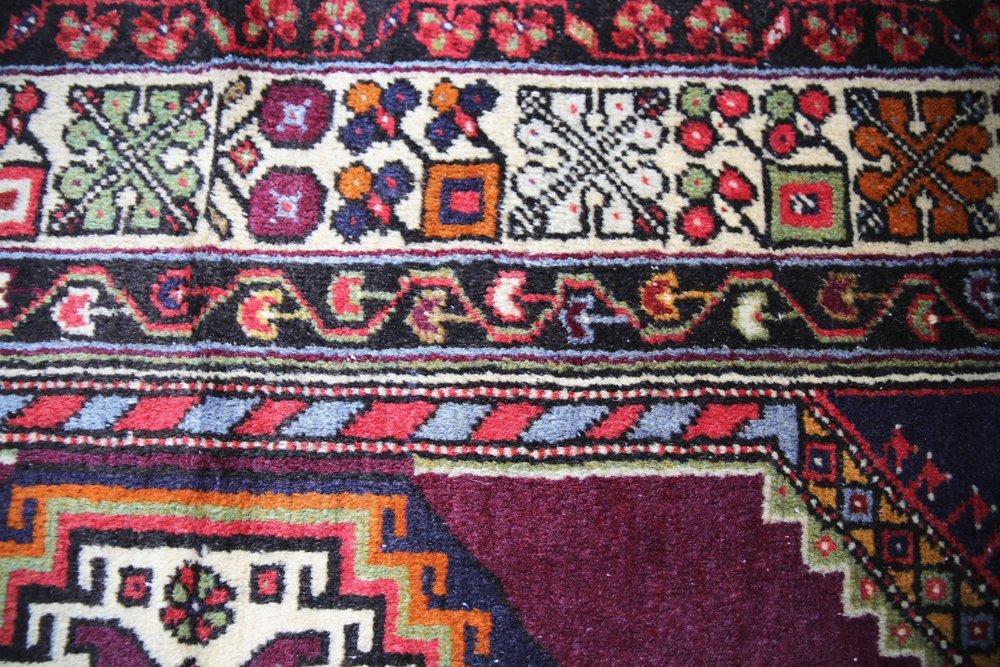
Nigde Palette is dominated by red, blue, and yellow. Generally, the tones are saturated and pastel here. Taspinar rugs have a dark blue field while Yahyali pieces have a red field.
Secondary Palette may include a wide range. Shades of red, orange, green, brown and ivory. Deep shades of pink like rosy and salmon are recognizable in Nigde palette.
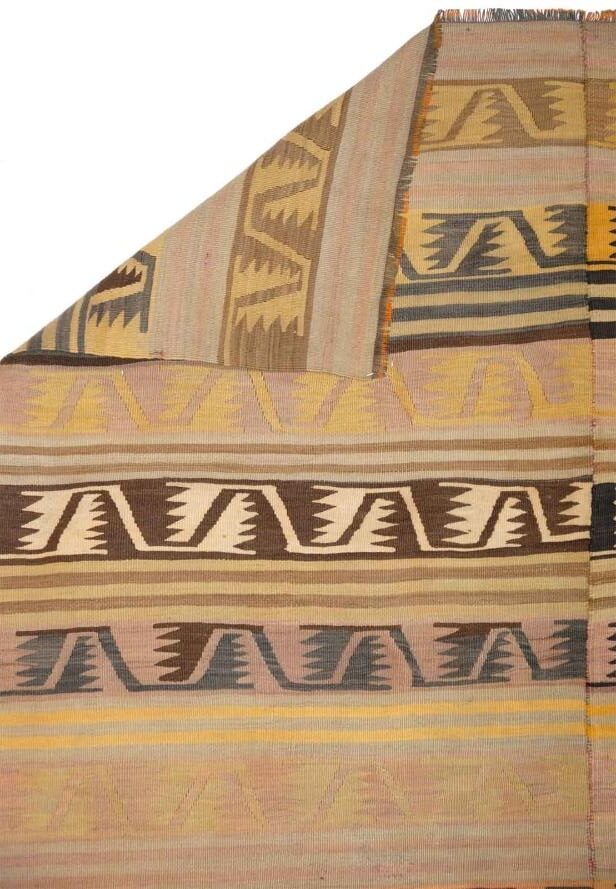

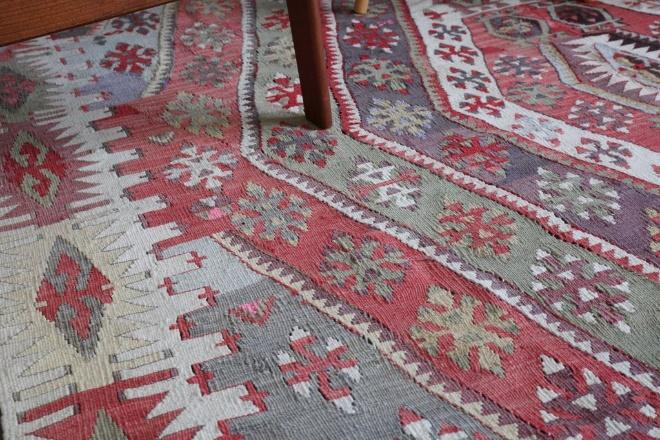
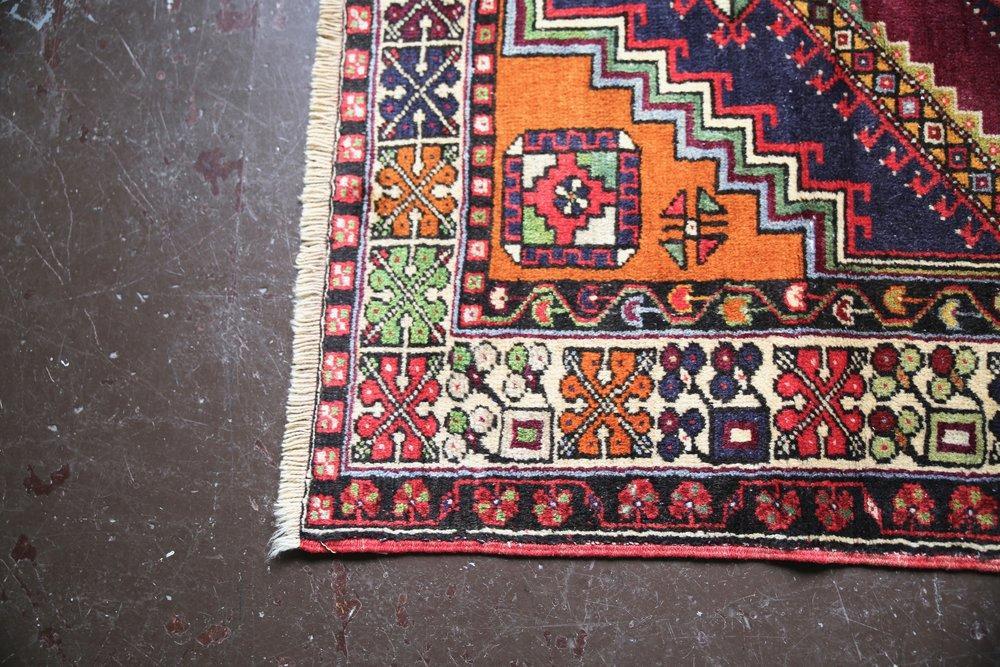
Designs and patterns of the Nigde rugs and Kilims
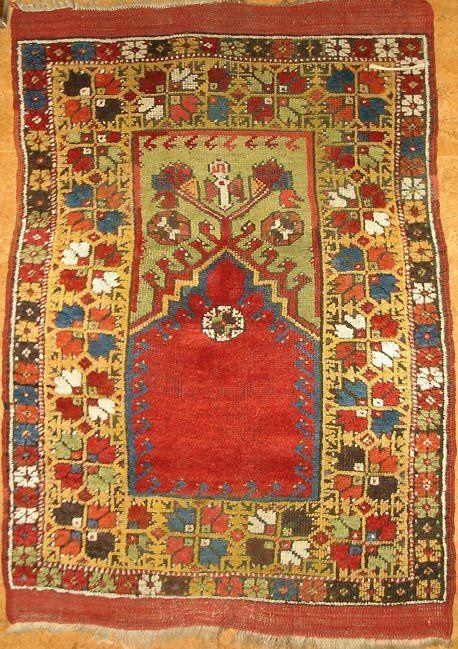
Prayer rugs and kilims are the most common pieces woven in the neighborhood. Some prayer rugs have wide borders and narrow mihrabs. Borders may be designed with rather large rosettes.
Rugs woven in Taspinar are mostly designed with elongated medallions. These pieces may have narrow leaf-scroll panels inserted at both ends of the ground before the end borders. Yahyali main design consists of a hexagon or diamond medallion with pendants.
Nigde Kilims have usually wide borders designed with a zigzag stripe. Pole medallion is a common design here for flat-weaves. Medallions are often hooked hexagons or lozenges.


